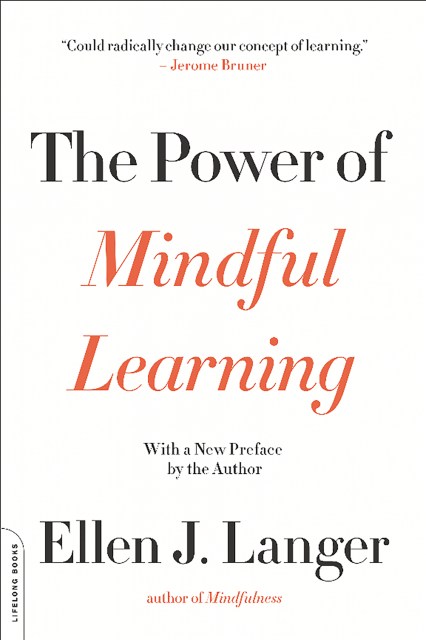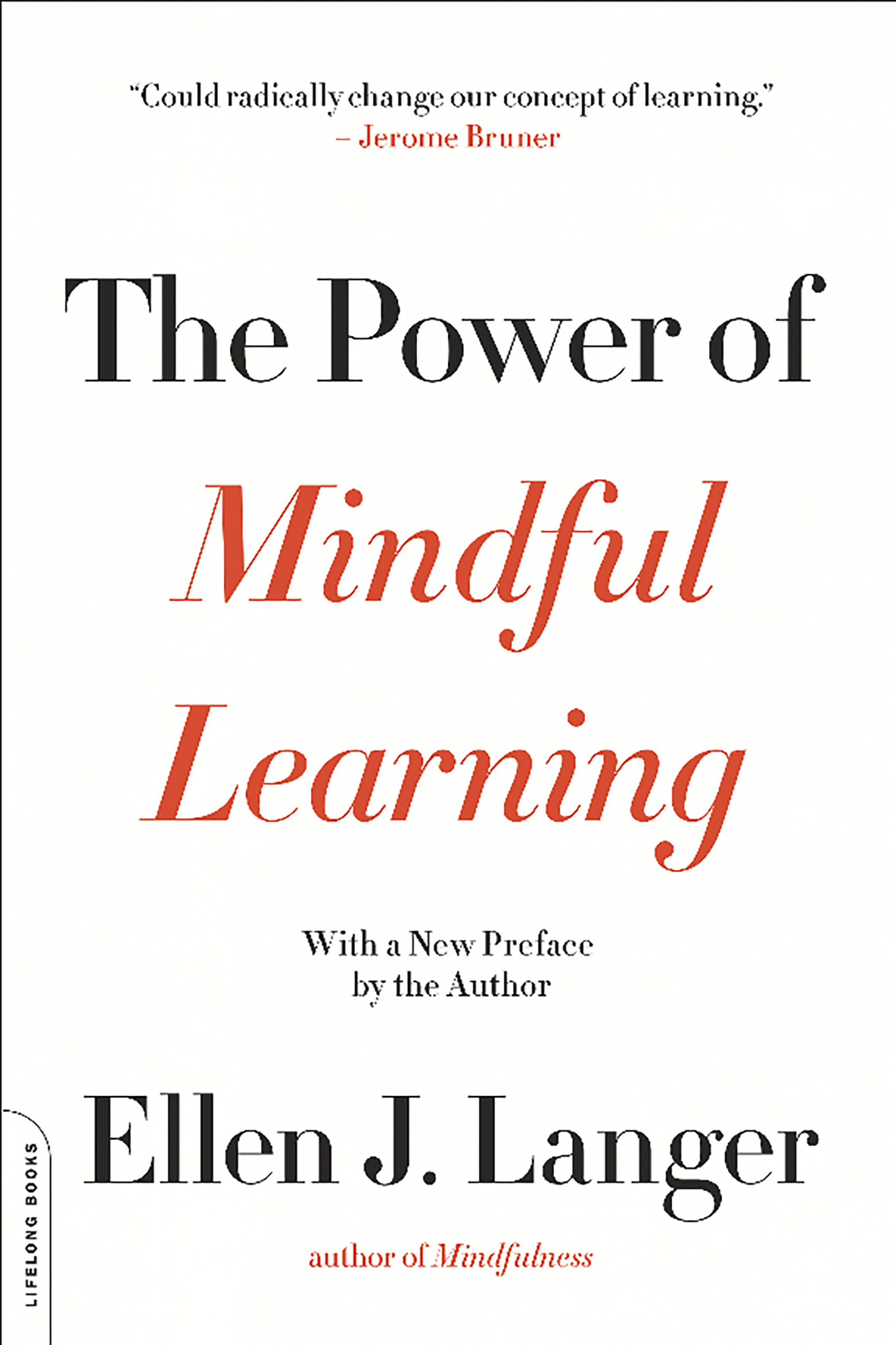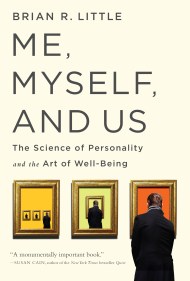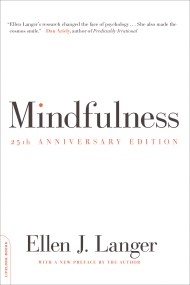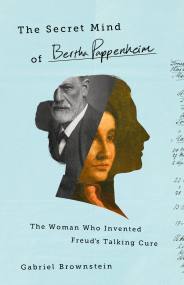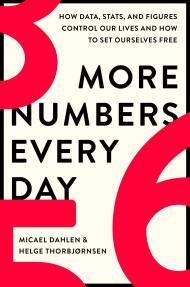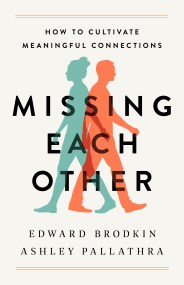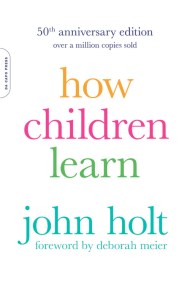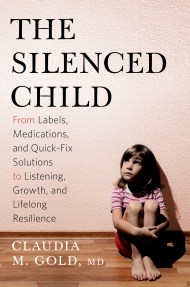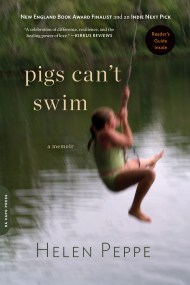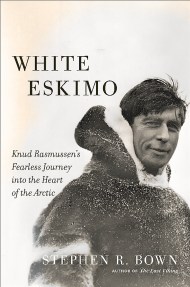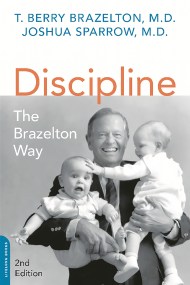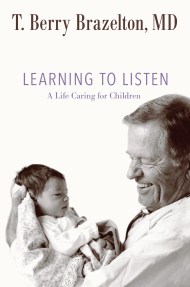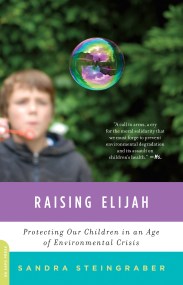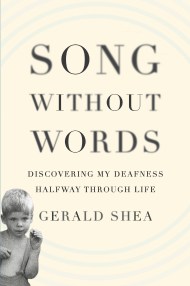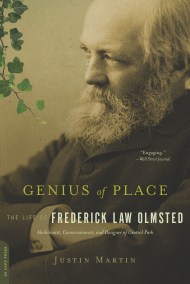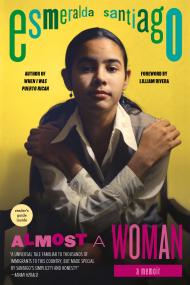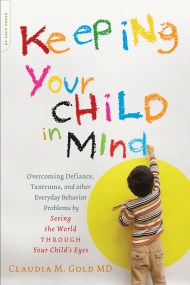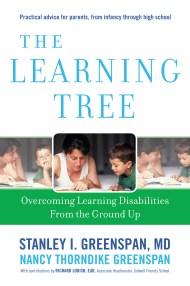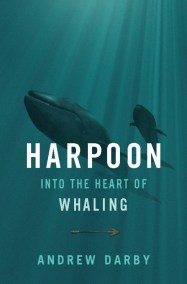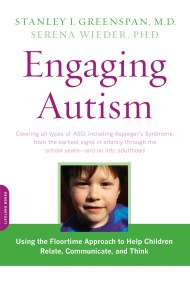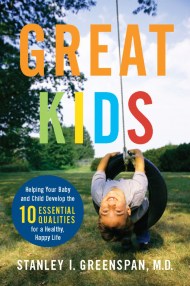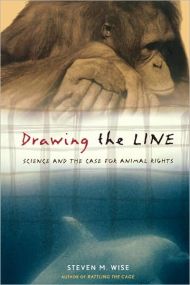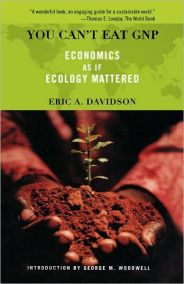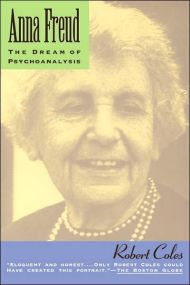Promotion
Use code MOM24 for 20% off site wide + free shipping over $45
The Power of Mindful Learning
Contributors
Formats and Prices
Price
$18.99Price
$24.99 CADFormat
Format:
- Trade Paperback $18.99 $24.99 CAD
- ebook $9.99 $11.99 CAD
- Audiobook Download (Unabridged)
This item is a preorder. Your payment method will be charged immediately, and the product is expected to ship on or around April 5, 2016. This date is subject to change due to shipping delays beyond our control.
Also available from:
Radical in its implications, this original and important work may change forever the views we hold about the nature of learning. In The Power of Mindful Learning, Ellen Langer uses her innovative theory of mindulness, introduced in her influential earlier book, to dramatically enhance the way we learn. In business, sports, laboratories, or at home, our learning is hobbled by certain antiquated and pervasive misconceptions. In this pithy, liberating, and delightful book she gives us a fresh, new view of learning in the broadest sense. Such familiar notions as delayed gratification, ”the basics”, or even ”right answers”, are all incapacitating myths which Langer explodes one by one. She replaces them with her concept of mindful or conditional learning which she demonstrates, with fascinating examples from her research, to be extraordinarily effective. Mindful learning takes place with an awareness of context and of the ever-changing nature of information. Learning without this awareness, as Langer shows convincingly, has severely limited uses and often sets on up for failure.With stunning applications to skills as diverse as paying attention, CPR, investment analysis, psychotherapy, or playing a musical instrument, The Power of Mindful Learning is for all who are curious and intellectually adventurous.
Genre:
- On Sale
- Apr 5, 2016
- Page Count
- 192 pages
- Publisher
- Da Capo Lifelong Books
- ISBN-13
- 9780738219080
Newsletter Signup
By clicking ‘Sign Up,’ I acknowledge that I have read and agree to Hachette Book Group’s Privacy Policy and Terms of Use
